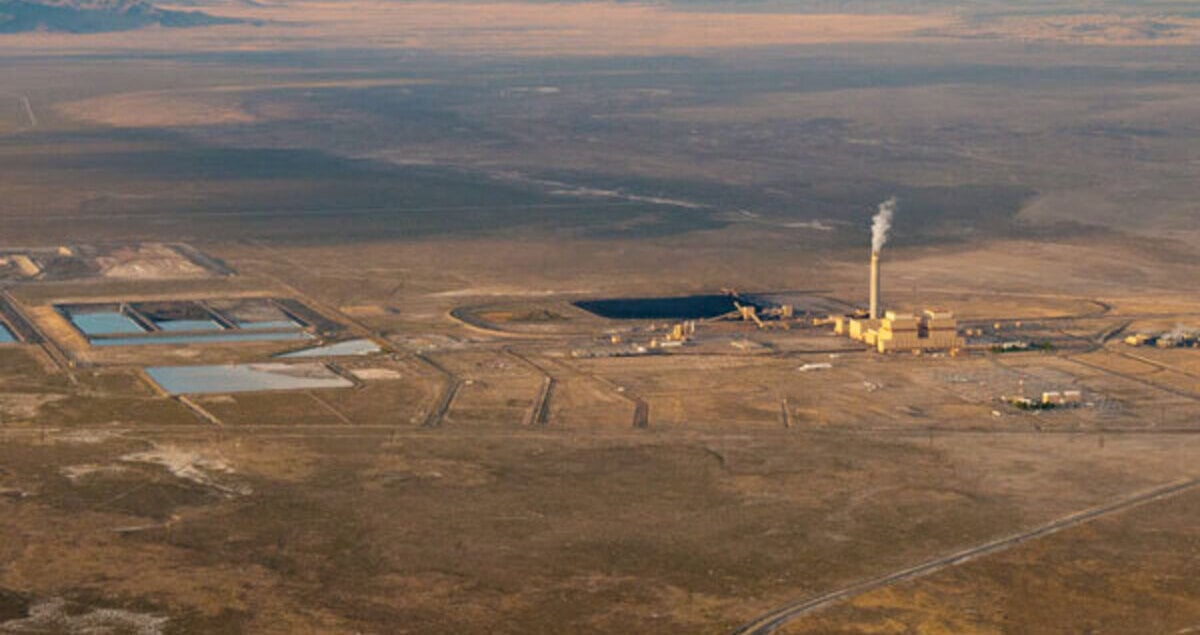Hydrogen economy: Clearing the hurdles to accelerate growth

Hardly a day passes without news about forthcoming hydrogen projects and initiatives. Policymakers, analysts and industry experts recognize H₂ as a key part of the energy transition. But, despite the momentum that hydrogen has been building up over the last few years, the hydrogen economy faces some serious hurdles. How – and when – can these be overcome to make hydrogen a significant contributor to the future energy mix?
This was the key question for an industry panel on the future of hydrogen at CERAWeek 2022 in Houston, Texas, one of the world’s largest energy conferences.

Scaling hydrogen projects
“It is inevitable, we will have between 15% and 25% of hydrogen in the global primary energy mix in a fully decarbonized world,” said Marco Alverà, CEO of Snam, the Italian gas infrastructure operator.
But until then, much needs to happen, not least a major boost to the number of hydrogen projects underway and their scope.
Bill Newsom, President and CEO of Mitsubishi Power Americas, also speaking at CERAWeek, said his company is focused on doing just that.
“We’re focusing on investing in real projects and bringing them to scale,” he said.
Newsom pointed to a series of hydrogen projects that Mitsubishi Power is involved in, including replacing a coal-fired power plant with a combined cycle power plant that will use a blend of 30% hydrogen and 70% natural gas at commercial operation in 2025, at the Intermountain Power Project (IPP) in Delta, Utah. By 2045, IPP is expected to use 100% green, CO₂-free hydrogen, produced at Mitsubishi Power’s adjacent Advanced Clean Energy Storage hub.

This project, said Newsom, demonstrates how by scaling up and focusing on storage of renewable energy, hydrogen can quickly become cost competitive.
“If you look at hydrogen as a fuel today, it is expensive,” he said.
“But if you look at it as long-term energy storage, it is economical. We’ve spent the last three years on the IPP project firming up those economics to show that if you use curtailed renewable power with lithium-ion batteries, it would be exponentially more expensive. By shutting down the coal plant, building the combined-cycle gas facility with blended natural gas and hydrogen, there can be an almost 70% reduction in emissions.”
Bringing down the cost of hydrogen
Reducing costs will be fundamental to increasing momentum for hydrogen projects. Electrolyzers, which split water to produce hydrogen without creating any CO₂, make up a big part of these costs.
Both Alverà and Newsom agreed that standardization will be vital to reduce entry barriers in the market, while Newsom added that size would also be important.
“We’re making them bigger, scaling up the electrolyzers and standardizing them as they are somewhat bespoke in their manufacturing today,” said Newsom.
Both scaling up and standardization would help lower costs, he added, as would new technology.
“The third thing to bring costs down on the production side is investing in technology to make electrolyzers more efficient,” he said.
On the gas infrastructure side, Alverà stressed that reusing existing assets for hydrogen could lead to further savings. This includes repurposing natural gas pipelines – which Snam has already tested – and converting depleted oil fields to store the gas.
Where pipeline networks exist, other facilities in the hydrogen value chain can be located close by to bring down transport costs.
Doing so will also open up new investment opportunities in markets such as Africa. The continent has vast renewable energy resources – many yet to be explored – and it benefits from existing oil and gas pipelines that can be repurposed for hydrogen.
But, most of all, the industry needs to leverage its own vast experience and apply it to bring down the cost of electrolysis and accelerate market growth.

The hydrogen economy needs supportive policy
However, the oil and gas industry alone cannot bring about the hydrogen economy. As with wind and solar energy in the early days, the sector needs policy incentives across the entire value chain.
As Newsom pointed out: "The key for accelerating the production of hydrogen is really to generate demand". And this is why we believe the focus of government programs should be on promoting that demand.
“If you see the Low Carbon Fuel Standard implemented in the state of California, it's a good, effective example of how you incentivize demand. As you increase demand, the production costs will naturally go down.”
Importantly, policymakers must not discriminate against any specific technology, the panelists cautioned. This is because the infrastructure landscape varies from country to country. Nations with great renewable resources can produce electrolytic hydrogen, while those with few renewables may need to opt for nuclear hydrogen.
Moreover, the panelists pointed out, not all manufacturers will be able to shift operations to hydrogen. Therefore, policymakers must leave the door open for CO₂ capture technologies.
All these industry and policy elements must also come together rapidly. As Alverà concluded: “Without big, bankable projects at the next COP, I think we can say goodbye to 1.5°C.”
Discover more about MHI Group’s work in decarbonization here





